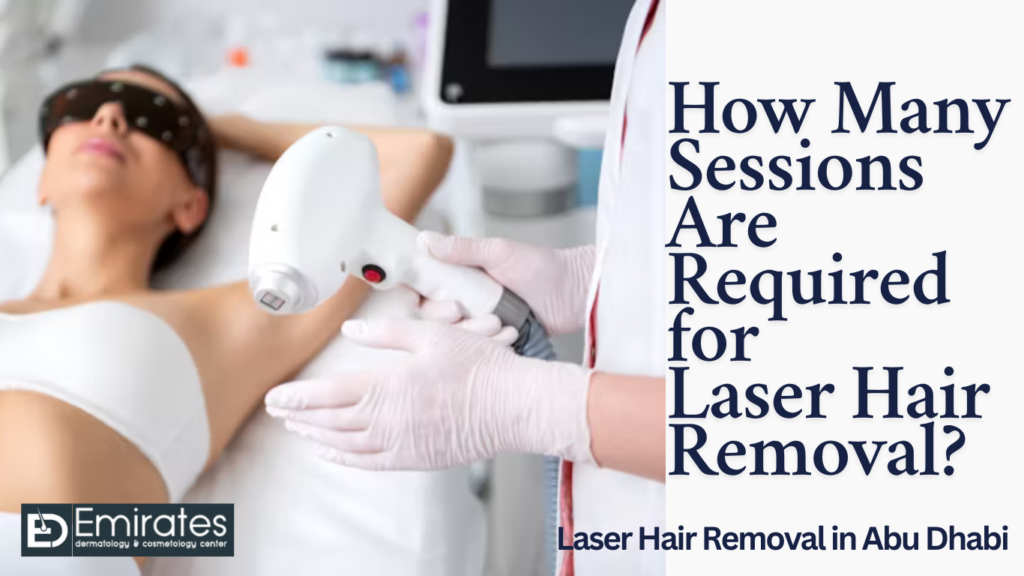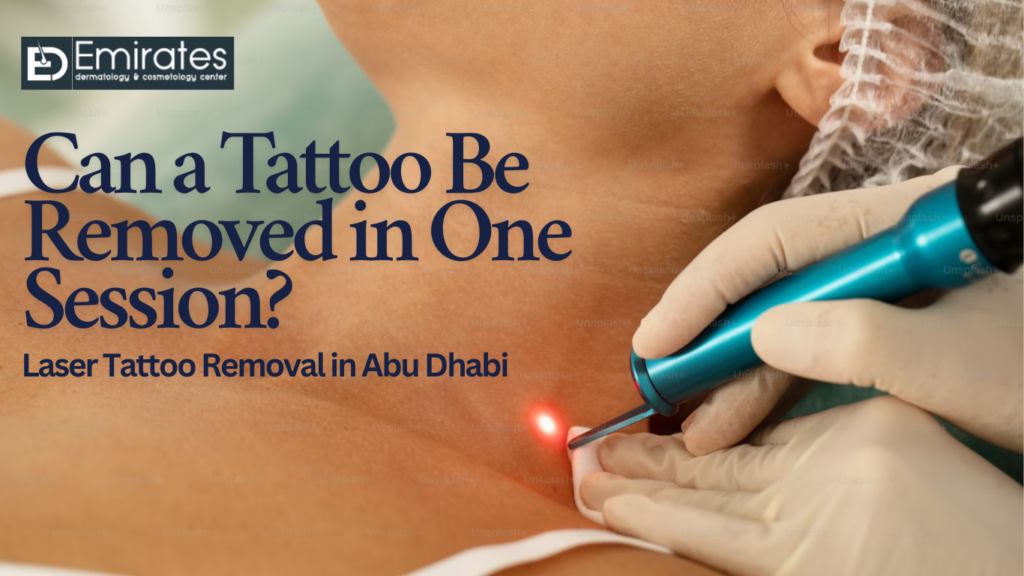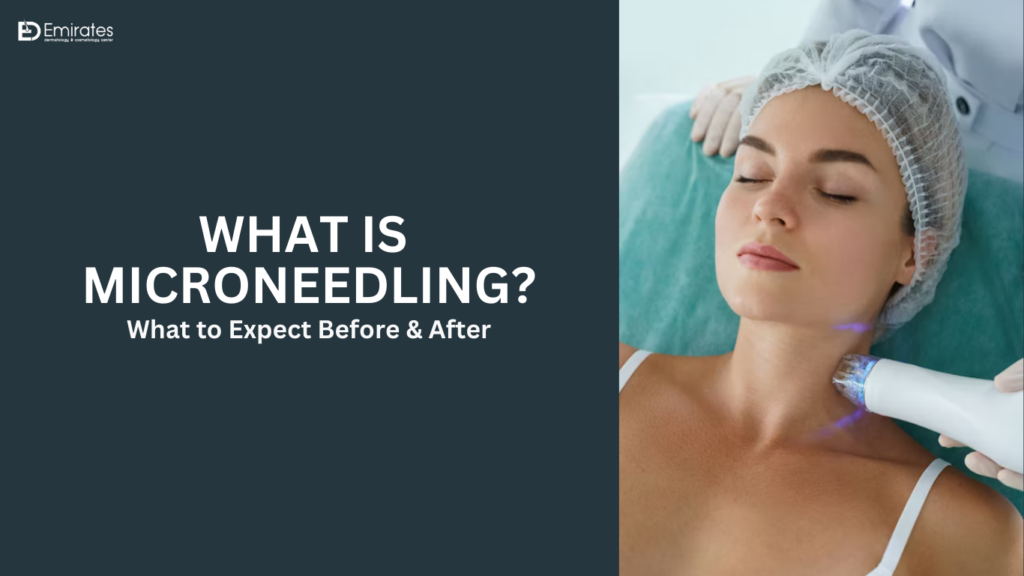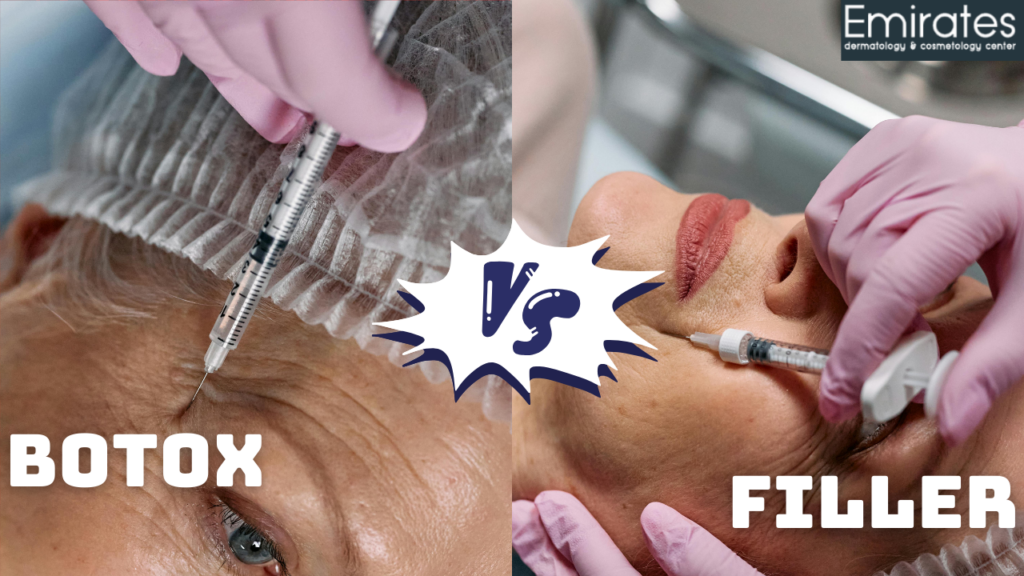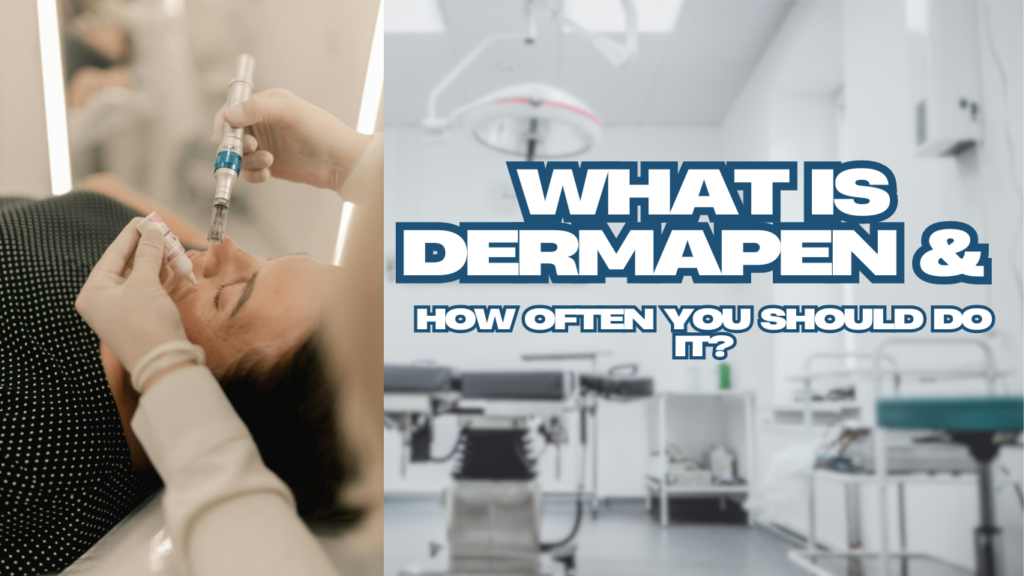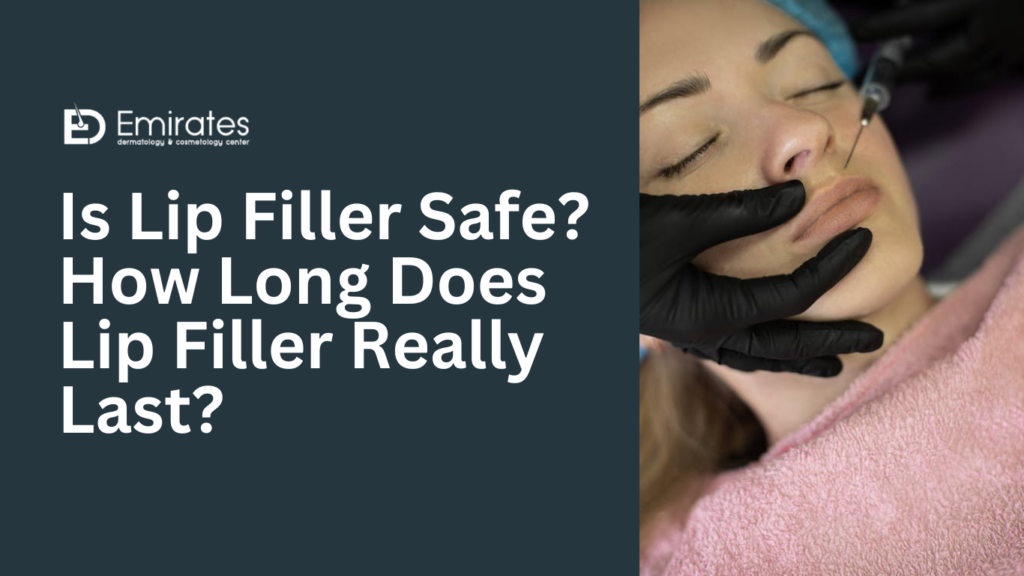How Many Sessions Are Required for Laser Hair Removal? Everything You Need to Know
Hair is good, as long as it’s on your head! Who doesn’t want long locks of hair that lets one flaunt their beauty. But a tiny bit of hair becomes unacceptable on any other part of the body, especially on your face. Hairs on underarms is a real hassle and it keeps you from sporting those trendy sleeveless outfits you always wanted to wear in summers or events. There are a lot of common solutions you can opt for to remove unwanted hair, like shaving, waxing and threading. But none of those offer you a permanent solution. You spend 2 hours shaving your legs and 2 days later it’s back to the old state. Waxing might hold it off for a week or so but you’re back in the same situation. Excessive use of wax or razors damages your skin as well. If you are looking for a permanent solution, then laser hair removal might be the most effective option. It involves using lasers to destroy your hair follicles. But is it as easy as waxing or shaving though? Is it expensive? And how many sessions do you need to take? A report by Grand View Research suggests the laser hair removal market in the UAE was valued at USD 370.12 million in 2022 and is projected to grow at a compound annual growth rate (CAGR) of 18.7% from 2023 to 2030. One can attribute this to the increasing focus on achieving optimal aesthetic beauty. Continuous technological advancements in laser treatments and rising awareness about the safety and effectiveness of aesthetic lasers is contributing to the increasing popularity. The bottom line is, it’s common, usual, and completely safe. But there are a few things you need to know before booking an appointment. In this detailed guide, we’ll answer all your questions about laser hair removal, including the number of sessions required, expected results, and essential pre- and post-treatment care. What is Laser Hair Removal and How Does It Work? Laser hair removal is a non-invasive cosmetic procedure that uses concentrated light beams to target and destroy hair follicles. The laser emits light that is absorbed by the melanin (pigment) in the hair, which then converts into heat, damaging the follicle and reducing future hair growth. Shaving just cuts the hair and waxing pulls the hair out so they are just temporary solutions as the hair comes back in no time. Laser removal is widely used for long-term hair reduction and is significantly more effective since it destroys the very reason for the hair growth. With advancements in technology, laser hair removal is now safe and effective for various skin tones and hair types. Common treatment areas include: How Many Sessions for Laser Hair Removal? Like any other treatment, the number of laser hair removal sessions required varies from person to person, depending on factors like hair type, skin tone, and the area being treated. On average, most people need 6 to 8 sessions spaced 4 to 6 weeks apart for optimal results. However, some may require additional sessions for complete hair reduction. Why Are Multiple Sessions Needed? Hair grows on your body in three phases and the hair in each phase reacts to the laser in different ways. The laser is most effective during anagen (active growth phase) as the hair is still attached to the follicle. During catagen (transition phase), the hair detaches from the follicle, making laser treatment less effective. During telogen (resting phase), The follicle is dormant, and the laser has little to no impact on hair removal. Since not all hairs are in the anagen phase at the same time, multiple sessions are necessary to target as many follicles as possible during their growth cycle. Factors That Affect the Number of Sessions: Several factors influence how many treatments you’ll need to achieve long-term hair reduction. What to Expect During a Laser Hair Removal Session? A laser hair removal session is relatively quick, depending on the size of the treatment area. Of course, knowing what to expect during your session can help you feel prepared and confident. The laser is being directly applied to your skin so it’s natural to feel a bit tense. If you feel uncomfortable, be sure to let the expert know. Before the session begins, your laser technician usually cleans the treatment area to remove any oils, lotions, or sweat. They would tell you to shave the area before coming in. If not, they shave the area to ensure the laser targets the follicle, not the hair above the skin. Apply a cooling gel or numbing cream if necessary to minimize discomfort. Depending on the strength of the laser, they provide protective eyewear to shield your eyes from the laser light. The technician will then set the laser parameters based on your skin tone, hair type, and treatment area. The laser emits pulses of light energy, which penetrate the hair follicle and disable its ability to regrow. You may feel a mild snapping sensation, similar to a rubber band against your skin. Mild redness or swelling may appear, similar to a mild sunburn—this is normal and should subside within a few hours. Cooling packs or aloe vera gel may be applied to soothe the skin. How Long Does Underarm Laser Hair Removal Take? Underarm laser hair removal typically takes 5–10 minutes per session. The laser pulses target multiple hair follicles at once, making the procedure fast and efficient. While a single session provides temporary hair reduction, achieving long-term results requires multiple treatments. 6 to 8 sessions are typically needed for optimal hair reduction. Does Laser Hair Removal Hurt? Pain Level & Sensation Most patients describe the sensation as a mild stinging or snapping feeling, similar to a rubber band being flicked against the skin. Some areas, like the bikini line, may be slightly more sensitive than others. However, many modern lasers come with cooling technology to minimize discomfort. When Will You See Results? After the first session, you may notice some hair
How Many Sessions Are Required for Laser Hair Removal? Everything You Need to Know Read More »

